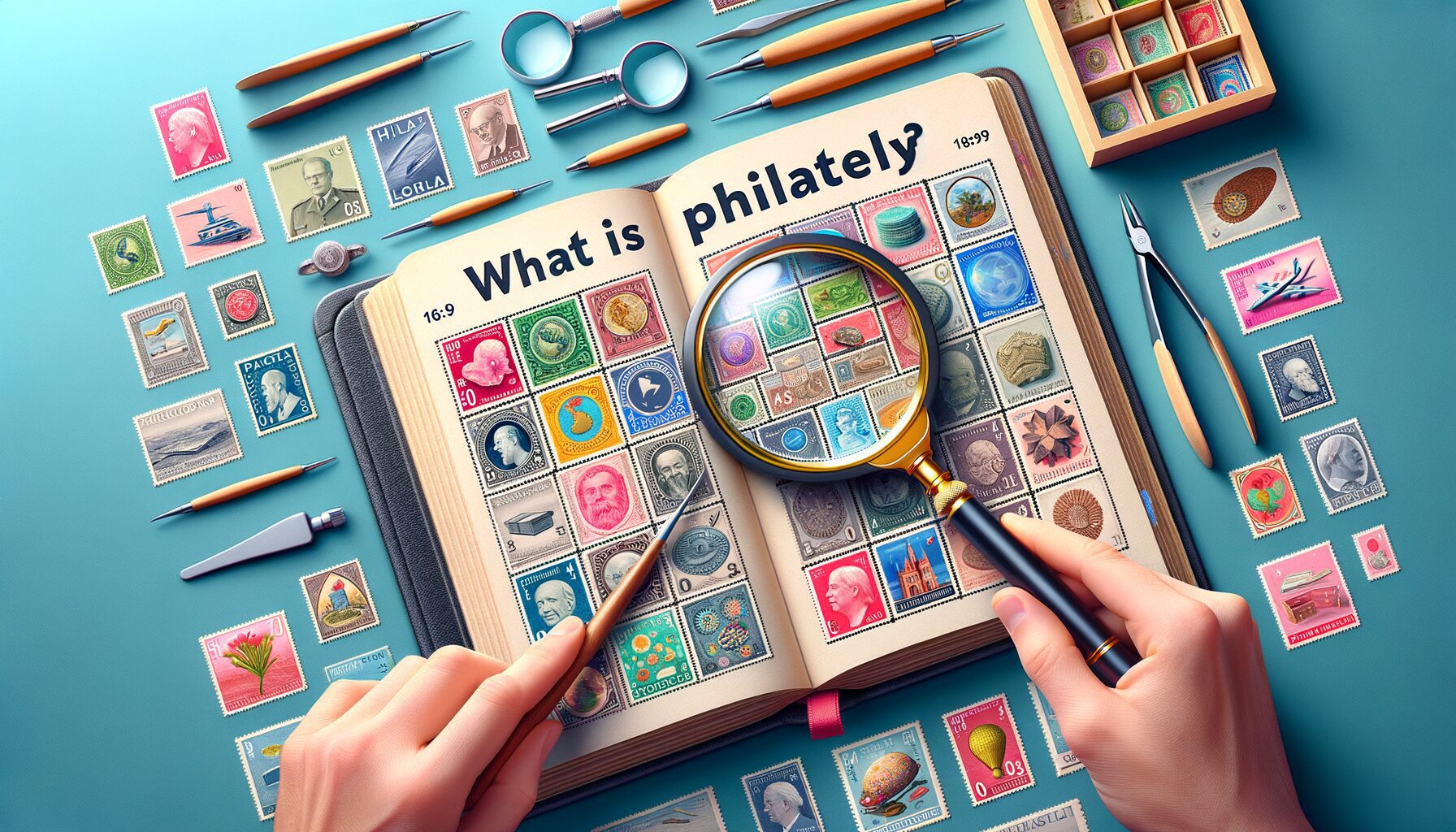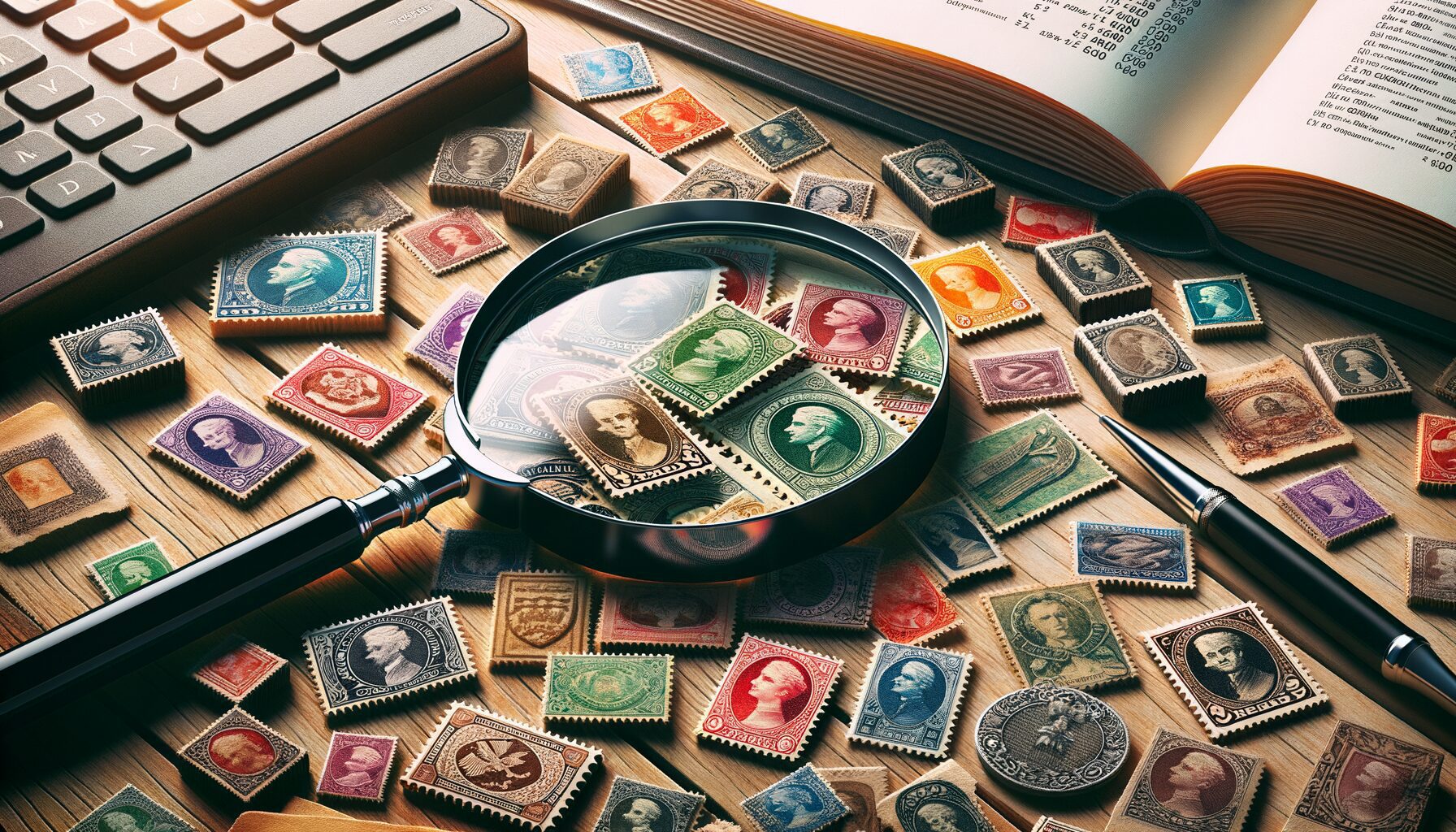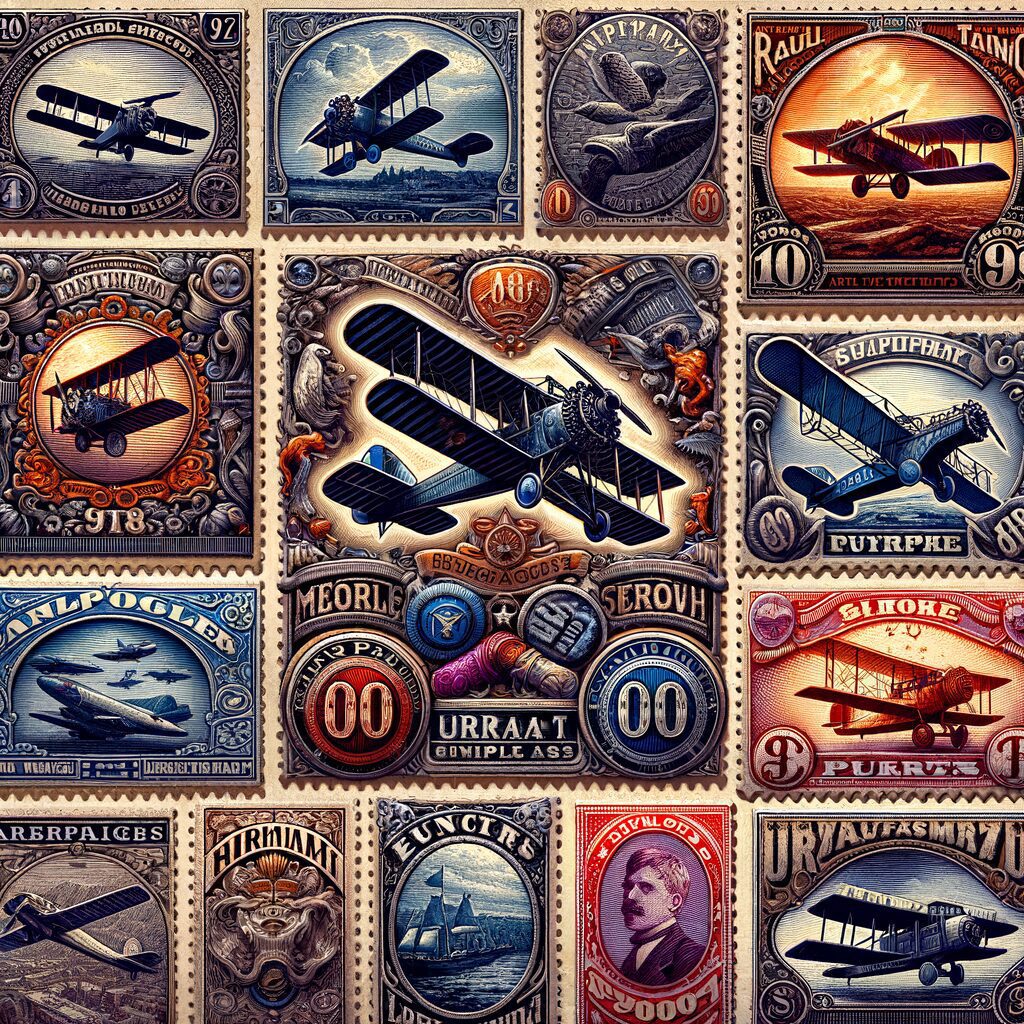Philately, a term that may seem esoteric to the uninitiated, is essentially the study of postage stamps and related materials. But to stop at this basic definition would be to do a disservice to the depth and breadth of this field. So, what is Philately, truly? It is a multifaceted discipline that encompasses not just the collection of stamps, but also the appreciation of their design, the understanding of their historical context, and the recognition of their cultural significance.
At its core, Philately is rooted in the collection of postage stamps. Philatelists, as stamp collectors are known, amass stamps from various countries, time periods, and themes, meticulously organizing them in albums or displays. But unlike casual stamp collecting, Philately involves a more scholarly approach. Philatelists don’t just collect stamps; they study them, delving into the minutiae of their design, printing process, and usage.
The design of a stamp, for instance, is not just about aesthetics. It often reflects the culture, history, or values of the issuing country. A stamp may commemorate a significant event, honor a notable figure, or showcase a piece of art. By studying the design of a stamp, philatelists gain insights into the social context of its issuance.
Stamp Identification
Philately also involves the study of the technical aspects of stamps. This includes understanding the different types of stamps, such as definitive stamps, commemorative stamps, and airmail stamps, among others. It also involves learning about the various elements of a stamp, such as its perforations, watermark, and gum. Additionally, philatelists study the printing processes used in stamp production, such as lithography, engraving, and photogravure.
Postal History
Another key aspect of Philately is the study of postal history. This involves examining how stamps have been used over time and how they have evolved in response to changes in postal services and communication technology. Postal history also includes the study of postal markings, cancellations, and postal routes.
In essence, Philately is a discipline that marries art, history, and technology. It is a field of study that invites us to look beyond the small piece of adhesive paper and see the larger picture it represents. It is a hobby that fosters a lifelong love for learning, a keen eye for detail, and a deep appreciation for the intricate tapestry of human culture and history. So, when we ask, “What is Philately?”, we are exploring a world that is as diverse and rich as the postage stamps it revolves around.
Historical Context Of Philately
The journey of Philately is intertwined with the evolution of postal services and communication technology. Its roots can be traced back to the mid-19th century, coinciding with the advent of the postage stamp. This section will delve into the key milestones and developments that have shaped the course of Philately.
The Birth of The Postage Stamp
The story of Philately begins with the issuance of the world’s first adhesive postage stamp, the Penny Black, in the United Kingdom in 1840. This stamp, featuring a portrait of Queen Victoria, revolutionized postal services by introducing the concept of prepayment for mail. The Penny Black laid the foundation for Philately, sparking interest in stamp collection and study.
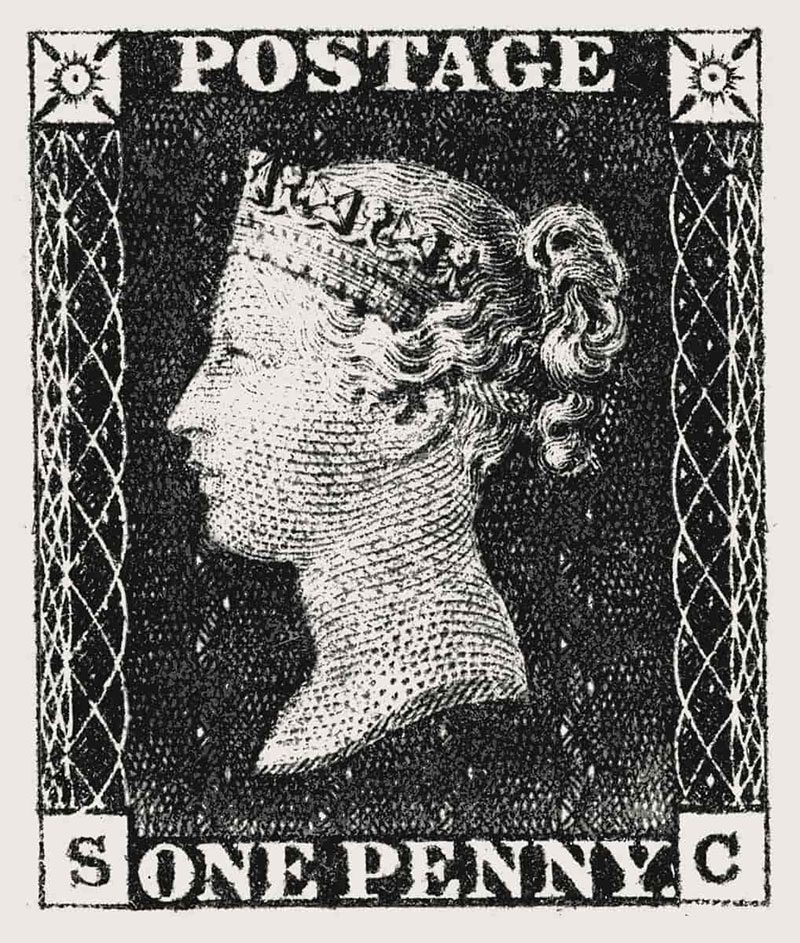
The world’s Most Popular Hobby
The hobby of stamp collecting began to gain popularity in the late 19th century. This was a period of rapid expansion of postal services and issuance of stamps in various countries. The diversity and aesthetic appeal of stamps attracted enthusiasts, leading to the formation of the first philatelic societies. These societies played a crucial role in promoting Philately, organizing exhibitions, and publishing philatelic literature.
Philately in the 20th Century
The 20th century saw the expansion and specialization of Philately. As the number of stamp issues increased, collectors began to specialize in certain areas, such as stamps from a particular country, thematic stamps, or stamps from a specific period. This period also saw the rise of professional philatelists and stamp dealers, contributing to the growth of the philatelic market.
During this time, Philately also evolved to include the study of postal history and related materials, such as postal stationery and revenue stamps. The scope of Philately expanded beyond stamps to encompass all aspects of postal services and communication.
Into The Digital Age
The advent of the internet and digital technology has had a profound impact on Philately. Online platforms have made it easier for collectors to buy and sell stamps, expanding the philatelic market beyond geographical boundaries. Digital catalogs and online price guides have made information more accessible, helping collectors make informed decisions.
At the same time, the digital age has also brought challenges. The decline in the use of physical mail has led to a decrease in the issuance of new stamps. Moreover, the rise of digital communication has raised questions about the relevance of Philately in the modern world.
However, despite these challenges, Philately continues to thrive. The digital revolution has also opened up new avenues for Philately, such as virtual stamp exhibitions and online philatelic communities. Moreover, the historical and cultural value of stamps ensures their enduring appeal, even in the age of digital communication.
Practical Usage And Applications
While Philately is often associated with the hobby of stamp collecting, its applications extend far beyond this realm. The study of postage stamps and related materials offers valuable insights into various aspects of society, culture, and history. This section will explore the diverse applications of Philately and how it contributes to different fields.
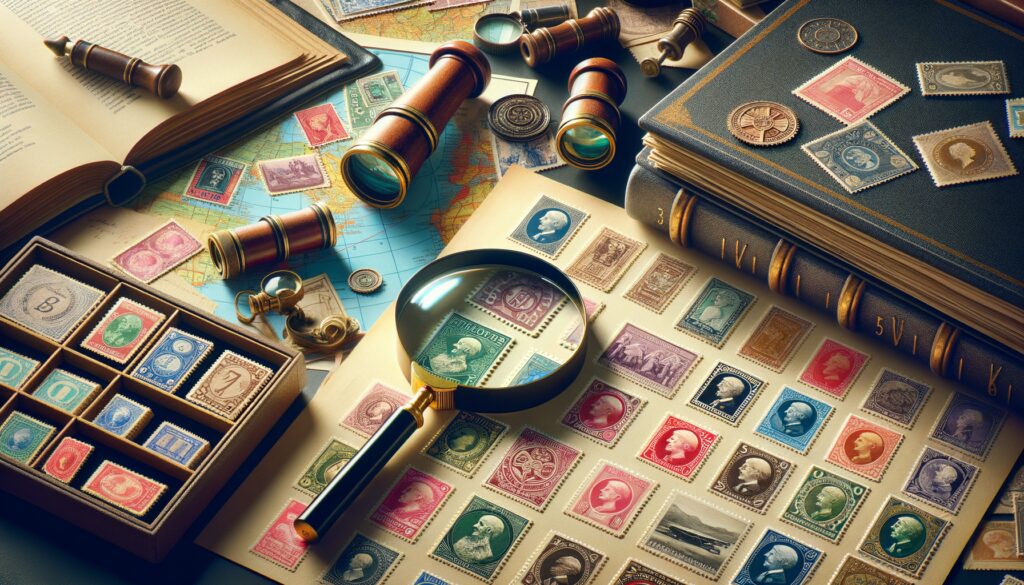
Philately In Education
One of the key applications of Philately is in education. Stamps are miniature pieces of art that encapsulate a wealth of information. They can serve as effective educational tools, facilitating learning in a fun and engaging way.
For instance, geography lessons can be enriched through stamps featuring maps, landmarks, or national symbols of different countries. History lessons can be made more interesting with stamps commemorating historical events or figures. Stamps can also be used to teach students about art, culture, science, and many other subjects.
Moreover, the process of collecting and studying stamps can enhance cognitive skills, improve attention to detail, and foster a sense of achievement. Thus, Philately can contribute significantly to both formal and informal education.
Cultural Exchange
Stamps often serve as ambassadors of a country, representing its identity, values, and aspirations on the global stage. They can play a significant role in promoting cultural exchange and mutual understanding among nations.
By studying stamps from different countries, one can gain insights into their culture, history, and way of life. This can foster a sense of appreciation for diversity and promote a spirit of global citizenship. In this way, Philately can contribute to cultural exchange and international understanding.
Historical Research
Philately also has significant applications in historical research. Stamps and postal history materials can serve as primary sources, providing valuable insights into the past.
For instance, the study of postal routes and markings can shed light on the development of communication networks and transportation systems. Stamps commemorating historical events can provide a unique perspective on how these events were perceived and represented at the time. Thus, Philately can contribute to our understanding of history and help us interpret the past in new ways.
Art Appreciation
Stamps are often works of art in miniature form. They feature a wide range of artistic styles and techniques, from traditional engravings to modern digital designs. The study of these designs can enhance one’s appreciation of art and design.
Moreover, the process of designing a stamp involves a unique set of challenges, such as conveying a message or representing a subject within a small space. Studying stamp designs can provide insights into this creative process and inspire artistic creativity.
Philately And Technology
The study of Philately also involves understanding the technology used in stamp production. This includes various printing techniques, such as lithography, engraving, and photogravure, as well as security features like watermarks and holograms.
Understanding these technologies can provide insights into the evolution of printing and security technologies. It can also foster an appreciation for the craftsmanship and technical expertise involved in stamp production.
In conclusion, the applications of Philately are as diverse as the stamps it studies. Whether it’s enhancing education, promoting cultural exchange, facilitating historical research, inspiring art appreciation, or understanding technology, Philately has a wide range of practical uses. So, when we ask, “What is Philately?”, we are also exploring its many applications and appreciating its contribution to various fields.
Philately In Action
Philately, with its diverse applications and far-reaching implications, has made significant contributions to various fields. To truly understand the impact and value of Philately, it is helpful to look at specific examples and case studies where it has been put into action. This section will explore a few such instances, shedding light on the practical aspects of Philately.
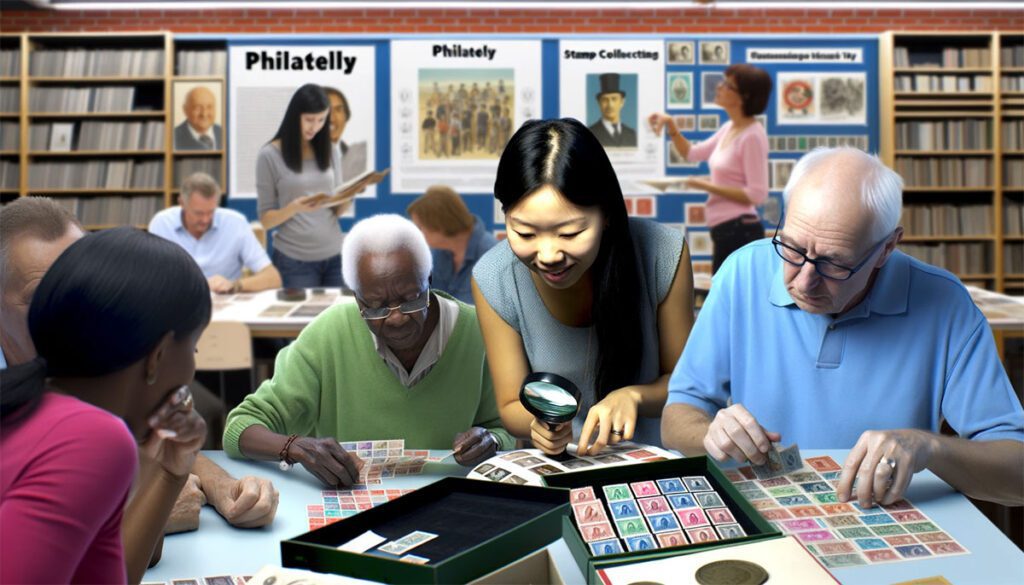
American Philatelic Society’s ‘Stamps Teach’ Program
One of the most compelling examples of Philately in education is the ‘Stamps Teach’ program by the American Philatelic Society. This initiative provides educators with free resources and lesson plans that incorporate stamps to teach various subjects, including history, geography, art, and science.
The program has been successful in making learning more engaging and interactive. By using stamps as teaching aids, educators can bring their lessons to life, sparking students’ curiosity and fostering a love for learning. This case demonstrates the potential of Philately as an educational tool and its ability to enhance the learning experience.
World Stamp Exhibition
The World Stamp Exhibition, organized by the Fédération Internationale de Philatélie (FIP), is a prime example of Philately promoting cultural exchange. This event brings together philatelists from around the world, providing a platform for them to showcase their collections, exchange ideas, and learn about different cultures through stamps.
The exhibition features stamps from various countries, each telling its own unique story. By exploring these stories, visitors can gain insights into different cultures, fostering a sense of appreciation for diversity and promoting international understanding. This case highlights the role of Philately in facilitating cultural exchange and fostering global citizenship.
Postal History Of The American Civil War
The American Civil War, a pivotal event in American history, has been extensively studied through the lens of Philately. Philatelists and historians have examined the postal history of this period, including stamps, postal markings, and mail routes, to gain insights into the social, political, and economic aspects of the war.
For instance, the study of Confederate postage stamps has provided insights into the Confederacy’s struggle for legitimacy and its economic challenges. Similarly, the examination of Union and Confederate postal markings and mail routes has shed light on the communication networks during the war. This case illustrates the potential of Philately as a tool for historical research and its ability to provide unique perspectives on historical events.
The Art Of Stamp Design
The art of stamp design is a fascinating aspect of Philately that has been explored in various exhibitions and publications. These explore the creative process behind stamp design, the challenges of conveying a message within a small space, and the evolution of design styles and techniques.
One notable example is the ‘Art of the Stamp’ exhibition at the Smithsonian National Postal Museum, which showcased original artworks used for stamp designs. This exhibition offered visitors a behind-the-scenes look at the art of stamp design, enhancing their appreciation for this unique art form. This case underscores the role of Philately in promoting art appreciation and inspiring artistic creativity.
The Current Philatelic Market
The world of Philately is not just about the academic study of stamps and postal history. It also encompasses a vibrant market where stamps and related items are bought, sold, and traded. This market is influenced by various factors, including the rarity, condition, and historical significance of the items. Understanding the dynamics of the philatelic market, including current rates and pricing, is an essential aspect of Philately.
The Rarity Factor
One of the primary factors influencing the value of philatelic items is their rarity. Stamps that are rare, either due to a limited issuance or because few examples have survived, are typically more valuable.
For instance, the British Guiana 1c Magenta, considered the world’s rarest stamp, was sold for a staggering $9.5 million in 2014. Its high value is attributed to its rarity – it is the only known example of this stamp. This case illustrates how rarity can significantly impact the value of philatelic items.
Condition And Quality
The condition and quality of a stamp also play a crucial role in its valuation. Stamps that are in excellent condition, with clear colors, sharp impressions, and full, even perforations, are usually more valuable.
Moreover, the presence of original gum on unused stamps can enhance their value. On the other hand, defects such as tears, creases, or stains can significantly reduce a stamp’s value. Therefore, maintaining the condition of stamps is of utmost importance in Philately.
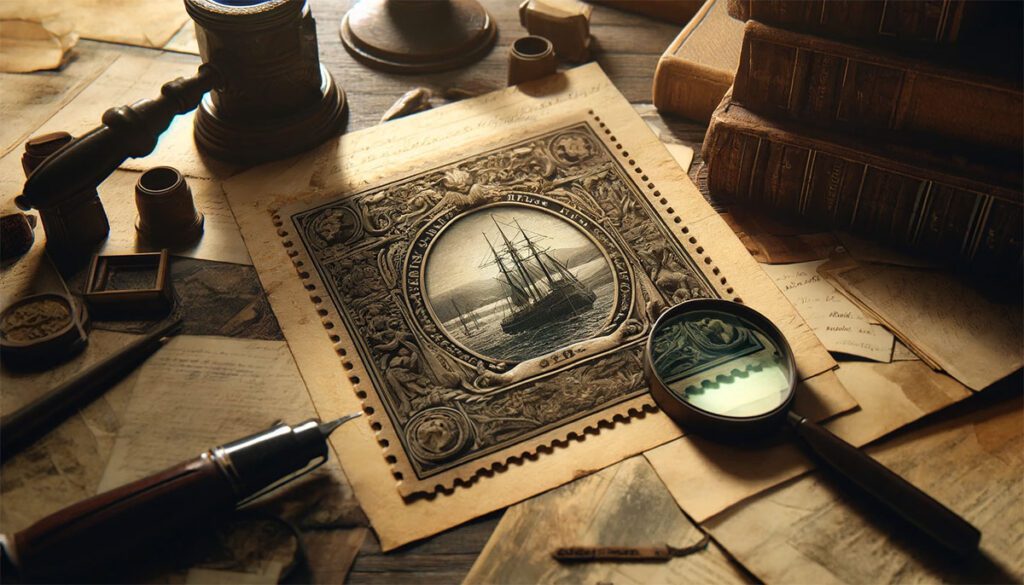
Historical Significance
The historical significance of a stamp can also influence its value. Stamps that commemorate significant events, feature notable figures, or represent important periods in postal history often hold higher value.
For example, the Inverted Jenny, a US airmail stamp issued in 1918, is highly valued due to a printing error that resulted in the image of the airplane being printed upside down. Its value is further enhanced by its historical significance, as it represents the early days of airmail service.
Current Trends
The philatelic market is also influenced by current trends and collector preferences. For instance, thematic collecting, where collectors focus on stamps related to a specific theme, has gained popularity in recent years. Themes such as wildlife, space, and sports are particularly popular, and stamps related to these themes may command higher prices.
The rise of online platforms has also impacted the philatelic market. Online auctions and marketplaces have made it easier for collectors to buy and sell stamps, expanding the market beyond geographical boundaries. However, they have also brought challenges, such as the risk of counterfeit or misrepresented items.
Navigating The Philatelic Market
Navigating the philatelic market can be complex, especially for novice collectors. It requires a good understanding of stamp valuation and the factors influencing it. Resources such as stamp catalogues, price guides, and philatelic literature can be helpful in this regard.
Moreover, joining a philatelic society or club can provide opportunities to learn from experienced collectors and gain insights into the market. It’s also important to deal with reputable dealers and auction houses to ensure the authenticity and quality of the items.
In essence, the philatelic market is an integral part of Philately, adding another dimension to the study of stamps and postal history. Understanding this market, including the factors influencing rates and pricing, is crucial for anyone delving into the question, “What is Philately?”. It not only enhances the collecting experience but also contributes to the appreciation of the value and significance of philatelic items.
